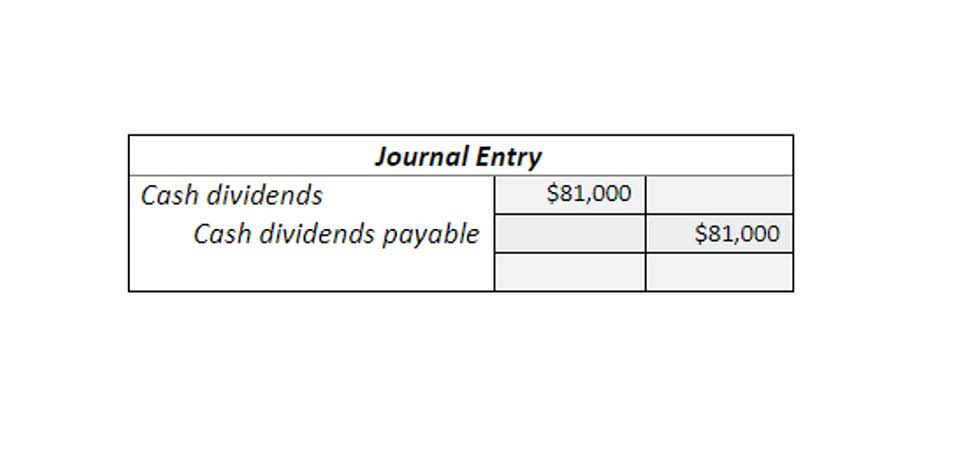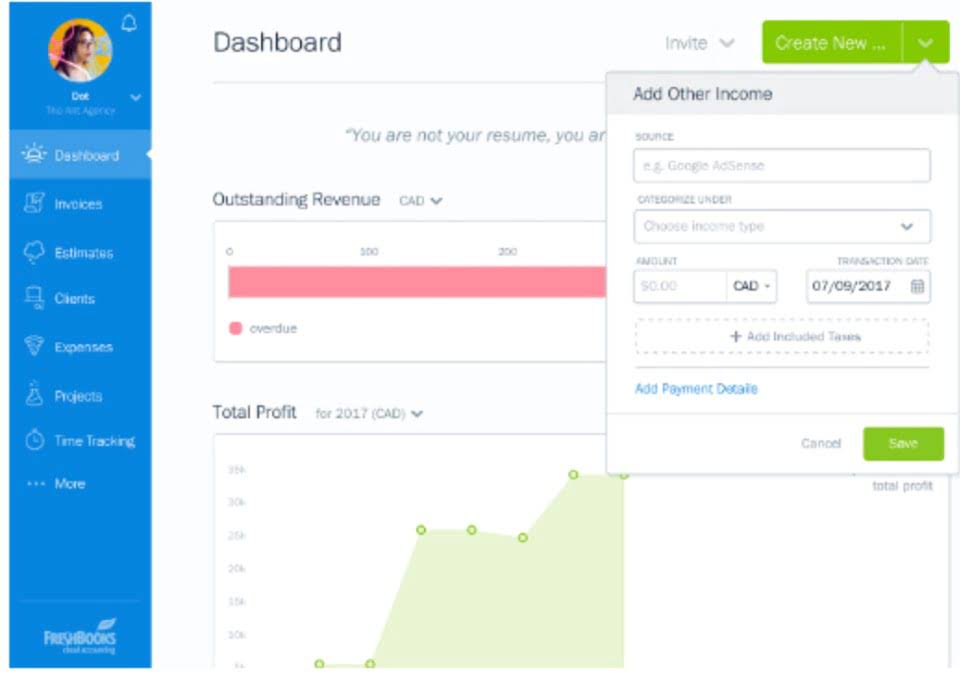
A company makes a budget for the smallest time period possible so that management can find and adjust problems to minimize their impact on the business. Everything starts with the estimated sales, but what happens if the sales are more or less than expected? What adjustments does a company have to make in order to compare the actual numbers to budgeted numbers when evaluating results? If production is higher than planned and has been increased to meet the increased sales, expenses will be over budget.
- Companies seeking high market share and market growth will carry longer lines.
- Since the budget does not change, it allows for straightforward comparison of actual performance against the budgeted figures.
- Once cost behavior is understood, the budget can be adjusted to reflect the actual activity level.
- This analysis would compare the actual level of activityso volume variances are not a factor and management can focus onthe cost variances only.
- The technology and tools are readily available, and the benefits are increasingly clear.
Managerial Accounting

They are suitable for organizations that experience frequent changes in operations and need a more responsive financial planning approach. One of the main advantages of static budgets is their simplicity and ease of preparation. Since the budget does not change, it allows for straightforward comparison of actual performance against the budgeted figures.

Flexible budgets make sense
- Within a flexible budget there are three types – or levels – of flexible budgets that can be created.
- Leed can produce 25,000 units in a 3 month period or a quarter, which represents 100% of capacity.
- If the factory has to use more machine hours one month, its budget should logically increase.
- For instance, hotel customers expect clean bed, fresh towel and a degree of quietness.
- If a business planned for 10,000 units but produced only 8,000, a flexible budget adjusts costs to reflect the lower output.
This analytical process focuses on quantifying the fixed and variable components of costs. Cost ascertainment at different levels of activity is possible because a flexible budget is prepared for various levels of activity. A flexible budget is very useful for purposes of budgetary control because it corresponds with changes in the level of activity. Flexible budgets represent the amount of expense that is reasonably necessary to achieve each level of output specified. In other words, the allowances given under flexible budgetary control system serve as standards of what costs should be at each level of output. Fast-moving sectors with frequent market changes often benefit from the agility that flexible budgeting provides.
- Notice how the variable costs changewith volume but the fixed costs remain the same.
- In a static budget situation, this would result in large variances in many accounts due to the static budget being set based on sales that included the potential large client.
- Datarails’ budgeting and forecasting software can help your team create and monitor different types ofbudgets faster and more accurately than ever before.
- A flexible budget flexes the static budget for each anticipated level of production.
Intermediate: Factors in multiple cost variables
These budgets are different in different levels of activities, which facilitate the ascertainment of fixation of cost, selling prices, https://isaku88.net/oil-gas-accounting-oil-and-gas-accounting-services/ and tendering of quotations. In conclusion, the budget that companies can prepare for multiple output levels is a Flexible Budget. Practically, managers widely use this type of budget as it is the most realistic one. At first, you need to analyze the range under which the activity is expected to fluctuate. However, it is suitable when there is a probability of fluctuations in fixed costs.
What is a Flexible Budget and How to Create it?

A flexible budget can be found suitable when business conditions are constantly changing. Accurate estimates are expected if the a flexible budget may be prepared resources are available with the experts. A big organization should hire experts to prepare a flexible budget and to help their organization make a clear vision about what output should be produced to achieve the targeted profit.
Step 1: Identify cost behavior
Advanced flexible budgets incorporate predictive analytics to adjust for complex cost relationships. These systems use historical data, machine learning, and real-time market indicators to automatically recalibrate budget assumptions as conditions change throughout the budget Bookkeeping vs. Accounting period. Static budgets work well for stable businesses with predictable operations, while flexible budgets serve companies facing variable demand or rapid growth. The choice between them shapes how you measure success, allocate resources, and make operational decisions throughout your fiscal year.
- A static budget stays at a single amount regardless of how much activity there is.
- For mixed costs, it becomes necessary to separate their fixed and variable elements.
- Examples include rent, administrative staff salaries, property taxes, and insurance premiums.
- Mixed costs, sometimes called semi-variable costs, contain both a fixed and a variable component.
Thus, for a number of different situations, managers will have calculated their costs and revenues. If an unexpected event does occur, changing the level of activity, the management will be better prepared. Mixed costs, sometimes called semi-variable costs, contain both a fixed and a variable component. A classic example is a utility bill, which often includes a fixed monthly service charge plus a variable charge based on consumption, such as kilowatt-hours of electricity used.